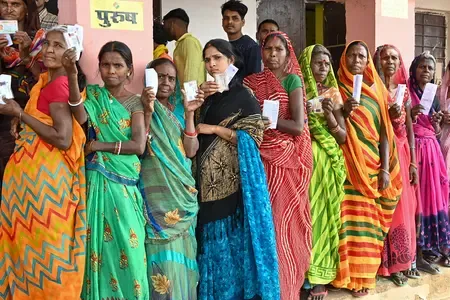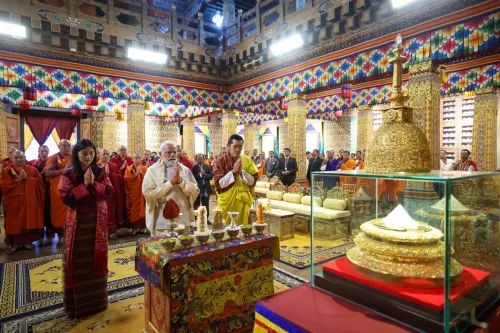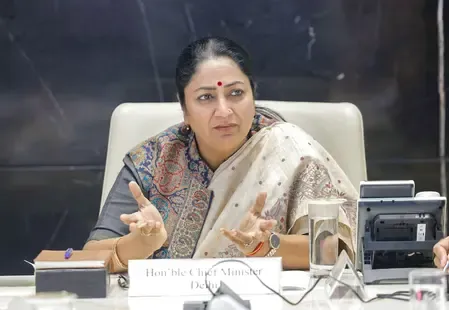What Firsts Did the ECI Achieve in the Smooth, High Turnout Bihar Elections?

Synopsis
Key Takeaways
- Record voter turnout of 67.13% in Bihar elections.
- Women participation reached a historic 71.78%.
- No re-polls were conducted, showcasing election stability.
- Introduction of Index Cards within 72 hours of results.
- Enhanced training for electoral staff improved transparency.
New Delhi, Nov 17 (NationPress) The Election Commission of India (ECI) unveiled a range of groundbreaking initiatives and significant achievements during the Bihar Assembly elections, branding it as one of the most effective and transparent electoral processes ever undertaken in the state.
The Commission disclosed that Bihar witnessed its highest voter turnout since 1951, with an impressive 67.13 percent participation rate, which included a record involvement of women at 71.78 percent.
One of the standout achievements was the ECI's report of no appeals regarding wrongful voter inclusion or exclusion after the Special Intensive Revision (SIR) of electoral rolls across all 38 districts.
The elections also recorded zero re-polls, with none of the 2,616 candidates or 12 recognized political parties requesting re-elections at any polling location.
The counting process included 243 Returning Officers and 243 counting observers, alongside 31,768 counting agents appointed by the candidates. The ECI emphasized that the entire process was executed with utmost smoothness and transparency.
For the first time, the ECI published Index Cards for all Bihar constituencies and eight bypoll seats within 72 hours of the results being declared. Previously, this information could take weeks or even months to compile manually.
The Index Cards provide detailed constituency-level data on candidates, electors, votes cast and counted, and performance by party and candidate. They are now accessible on both the ECINET app and the ECI website.
The ECI reported that mandatory VVPAT slip verification for five randomly selected polling stations per Assembly constituency (totaling 1,215 stations) revealed no discrepancies with EVM counts.
Furthermore, the SIR exercise in Bihar ensured a refined electoral roll, with no eligible voters omitted and no ineligible voters retained, and notably, the absence of appeals post-publication.
Remuneration for Booth Level Officers (BLOs) was doubled, and allowances for BLO Supervisors, polling and counting personnel, CAPF, monitoring teams, and micro-observers were significantly increased.
Honourariums for Electoral Registration Officers (EROs) and Assistant EROs were also raised for the first time.
The ECI stated that EPIC cards were issued within 15 days of roll updates, and standardized photo ID cards were provided to all BLOs to enhance transparency at the ground level.
BLOs from Bihar received training at IIIDEM, Delhi, for the first time.
Additionally, Booth Level Agents (BLAs) from all political parties were also trained at IIIDEM on the preparation of electoral rolls.
Special training sessions were organized for Bihar Police to bolster law-and-order measures, as stated by the ECI.
To avoid overcrowding, the maximum voter cap per polling station was reduced to 1,200, with additional booths established in high-rise residential areas.
Mobile deposit facilities were made available for voters outside polling stations.
Voter Information Slips featured prominently displayed serial and part numbers.
The ECI introduced new ECINET modules that facilitated quicker services for voters and polling staff.
Voter turnout statistics were updated nearly in real-time by Presiding Officers.
Candidate booths were allowed just beyond 100 metres of polling stations, adhering to the regulations.
Complete webcasting ensured live monitoring of every polling station.
EVMs displayed color photographs of all candidates to enhance clarity.
The ECI mandated VVPAT counting in cases where Form 17C data did not align with EVM records or where mock poll data remained uncleared.
It was instructed that the second-last round of EVM/VVPAT counting commence only after the counting of postal ballots.









